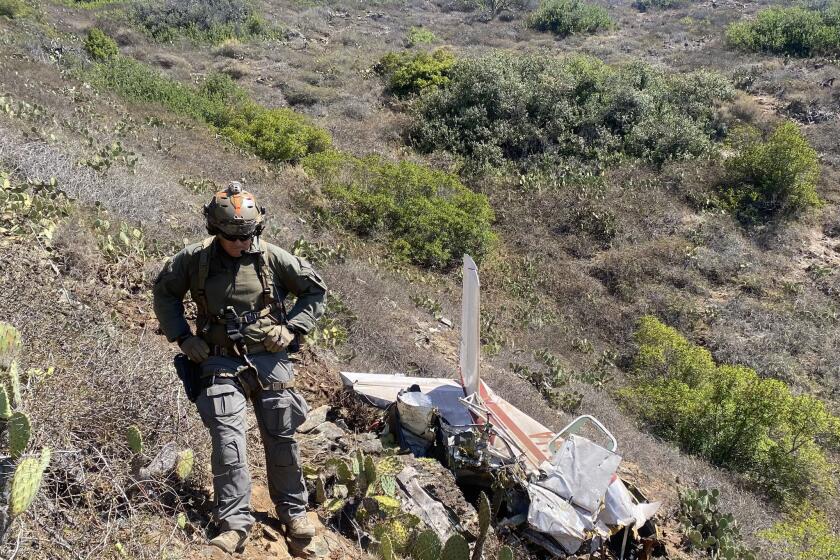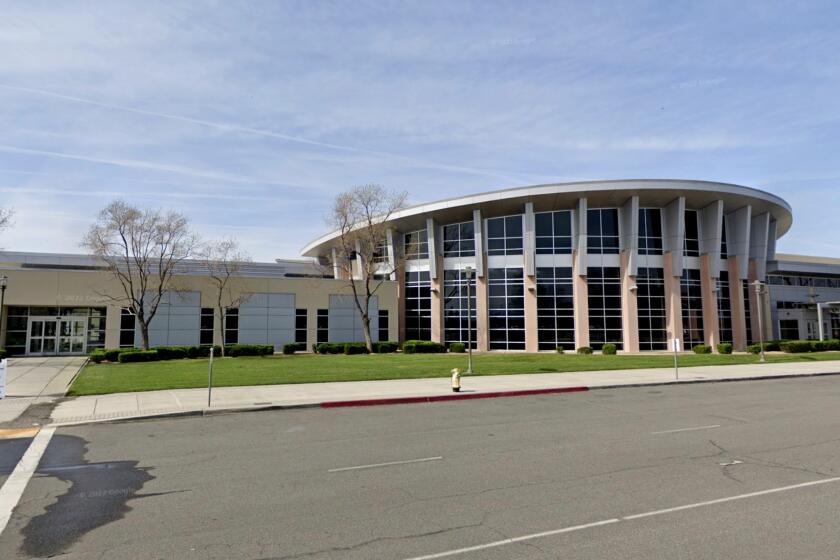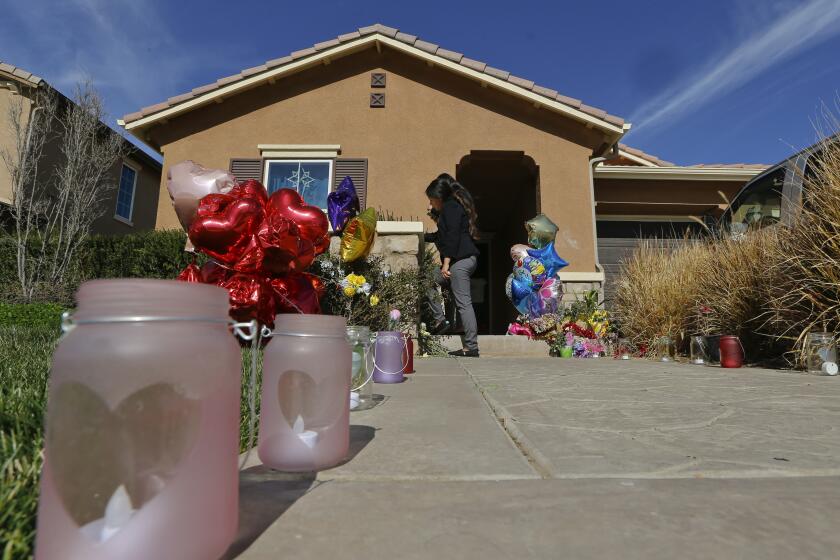Railroad Schedules Create Unavoidable Wait for Freight
Dear Street Smart:
Do the railway companies consider rush hour and traffic patterns when making their schedules? Where I work in Orange, it seems that a freight train runs pretty consistently around 4:30 p.m. on the north/south tracks just east of Batavia, tying up traffic going east and west on the major streets through Orange. If the train was earlier or later, the problem would not be as bad.
Barry Heavican, Mission Viejo
Several factors contribute to decisions about when a train should run on a particular line, according to the railroad. The most important one is meeting shipping deadlines, Santa Fe Railway spokesman Mike Martin said. The second factor is choosing a time when rail traffic is light on the lines.
Santa Fe freight trains share that line with 18 Amtrak passenger trains and Orange County commuter trains. Because of lighter line traffic in late afternoon, this has proven to be the best time for southbound freight trains to get through Orange County en route to San Diego, he said.
In addition, he pointed out that while the wait may seem long, it is not too much longer than a traffic light, Martin said. That particular freight is on the Barstow-to-San Diego run and travels 40 m.p.h., the maximum speed for that area. That means the mile-long train is moving at 60 feet per second, he said. The time it takes for the crossing gates to come down, the train to go through, and the crossing gates to be lifted again should be no more than two minutes, Martin said.
“I sympathize with having to wait for a train when you’re trying to wind down the day. It’s just another thing that gets in the way,” Martin said. “But we’re not deliberately trying to disrupt anyone’s commute home. It’s normally a fairly short delay.”
*
Dear Street Smart:
I am curious as to what is the safest protocol if your car breaks down in the fast lane of a freeway and you have to pull over in the left shoulder. What should you do? How do you get help? I’ve read of people who run across the lanes of traffic, but this is obviously unsafe.
Also, why don’t they have call boxes on the left shoulder of the freeway too?
Betsy Jennings, Irvine
If your car breaks down in the fast lane on a freeway, stay in your car and wait for the CHP, said Tom Murphy, manager of motor services for the Orange County Transportation Authority. Because freeway speeds are so deceiving, trying to outrun traffic is unsafe, he said.
People with cellular phones and motorists who can more easily get to a call box often report disabled vehicles, making the CHP response time fairly quick, Murphy said.
A statewide study currently underway is trying to determine if call boxes can be placed on other areas of freeways besides the right shoulder. On the majority of Orange County freeways, call boxes are placed every quarter mile on the right shoulder, said Caltrans spokesman Joe El Harake.
The concern with placing call boxes on median strips or on the left shoulder--which is typically much narrower than the right shoulder--is that there isn’t sufficient space for a person to leave his or her car and walk safely to a call box, Murphy said.
Three agencies are responsible for different aspects of the freeway call boxes. Caltrans approves the locations of call boxes; the CHP responds to calls made on the boxes; and the Service Authority for Freeway Emergencies, a legal entity of OCTA, pays for and operates the boxes with the $1 fee that is charged to county motorists on their annual vehicle registration.
*
Dear Street Smart:
At the intersection of Dale Street and Ball Road in Anaheim, the south sides of the Ball Road signs are so faded that a driver going north on Dale cannot read the Ball Road signs. This condition has existed for several months and is very confusing both in daylight and at night.
It is probable that the printing on the south facing signs fades faster than that on signs facing other directions due to the greater exposure to direct sunlight.
John F. Janssen, Stanton
Street signs have a life span of 10 to 20 years, according to John Roach, Anaheim’s director of maintenance, and fading because of sun exposure is rare. However, he said the city’s traffic engineering department is receptive to calls from the public and would probably replace a sign in poor condition.
On the strength of your letter, street maintenance workers will examine the signs on Ball Road to determine if replacement is needed, according to Alfred Yalda, the city’s principal transportation planner.
Yalda said Anaheim must meet specifications dictated by Caltrans under standards set by the federal government on size, height and the brightness of lettering for freeway signs.
More to Read
Sign up for Essential California
The most important California stories and recommendations in your inbox every morning.
You may occasionally receive promotional content from the Los Angeles Times.









